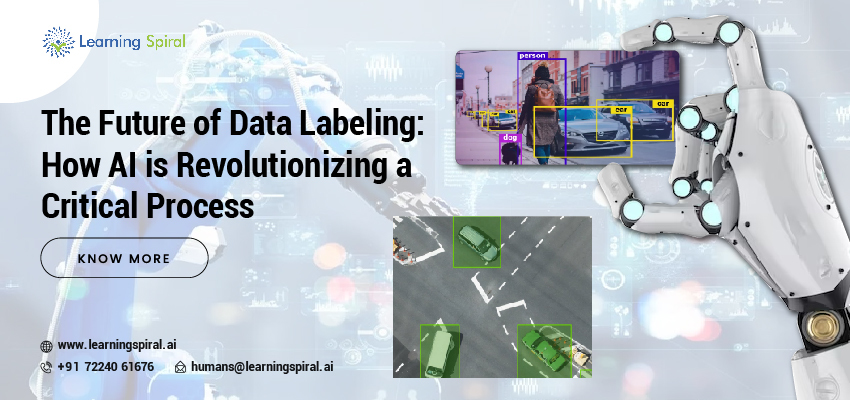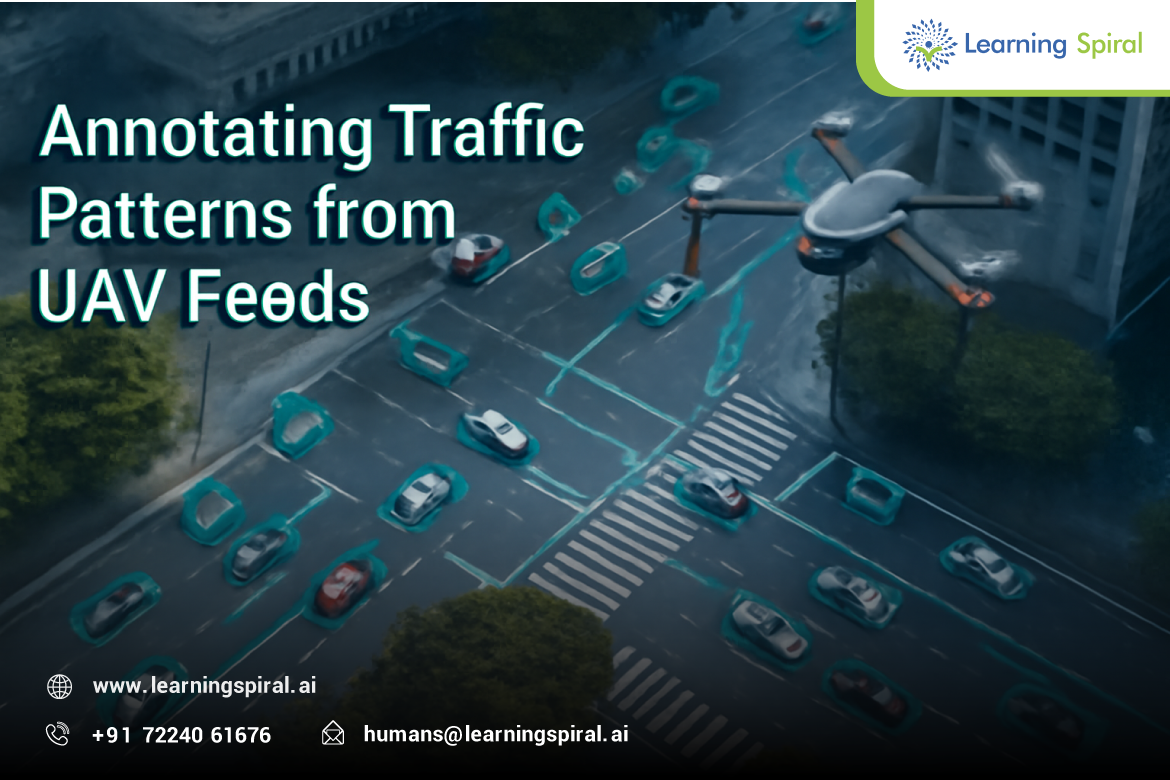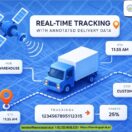Data labeling, the meticulous process of tagging and categorizing data to train AI models, has long been a crucial yet time-consuming procedure in the development of artificial intelligence. However, the landscape is rapidly changing as AI itself is transforming how data labeling is done.
Let’s delve into the exciting future of data labeling and explore how AI is revolutionizing this essential field.
The Challenges of Traditional Data Labeling
Traditionally, data labeling is a labor-intensive and expensive process. Human annotators meticulously tag data points, requiring specific skills and domain expertise for accuracy. This leads to several challenges:
- Cost: Labeling vast datasets can be prohibitively expensive, especially for complex tasks like image segmentation or video analysis.
- Scalability: Scaling labeling operations to meet the demands of ever-growing datasets and rapid AI development is difficult.
- Consistency: Maintaining consistency in labeling across a large team of human annotators can be challenging, potentially introducing bias into the data.
- Speed: The manual nature of labeling slows down the entire AI development cycle.

AI Ushers in a New Era:
Fortunately, AI is now playing a transformative role in data labeling, addressing these challenges and paving the way for a more efficient and effective future. Here are some key ways AI is revolutionizing the industry:
- Active Learning: AI algorithms can identify the most informative data points that require human labeling, significantly reducing the overall workload and cost.
- Semi-Supervised Learning: AI models can leverage a small set of labeled data to pre-label large datasets, allowing human annotators to focus on correcting or refining the labels.
- Automated Labeling Tools: AI-powered tools can automate repetitive labeling tasks, particularly for simple data types like image classification.
- Quality Control and Error Detection: AI can assist in identifying inconsistencies and errors in human-labeled data, ensuring higher quality training data for AI models.
The Human-AI Collaboration:
While AI is automating aspects of data labeling, human expertise remains crucial. The future lies not in replacing humans, but in creating a powerful collaboration between human intelligence and AI capabilities.
Here’s how this collaboration might unfold:
- Focus on Complex Tasks: Human annotators can focus on complex tasks that require understanding context, nuance, and specific domain knowledge, areas where AI still struggles.
- Improved Training for AI Models: By providing high-quality, human-validated labeled data, AI models themselves become more adept at assisting in future labeling tasks.
- Development of New Techniques: Collaboration between AI researchers and data labeling experts can lead to the development of new, hybrid labeling techniques that leverage the strengths of both humans and machines.
Benefits of an AI-powered Future:
The transformation of data labeling with AI promises significant benefits for the entire AI development landscape:
Reduced Costs: AI automation will lead to significant cost savings by reducing the human labor required for labeling large datasets.
- Increased Speed: Faster labeling processes will lead to quicker AI development cycles, allowing companies to bring AI-powered solutions to market faster.
- Improved Data Quality: AI-assisted quality control and human focus on complex tasks will ensure higher-quality training data, leading to more accurate and reliable AI models.
- Democratization of AI: More efficient and affordable data labeling will make AI development more accessible to a wider range of companies and organizations.
Conclusion
The future of data labeling is undoubtedly intertwined with the advancement of AI. As AI capabilities continue to evolve, we can expect even more sophisticated and efficient labeling techniques to emerge.
This will not only accelerate AI development but also unlock its potential across various industries, from healthcare and self-driving cars to manufacturing and finance. As AI transforms data labeling, the possibilities for AI itself become truly limitless.






